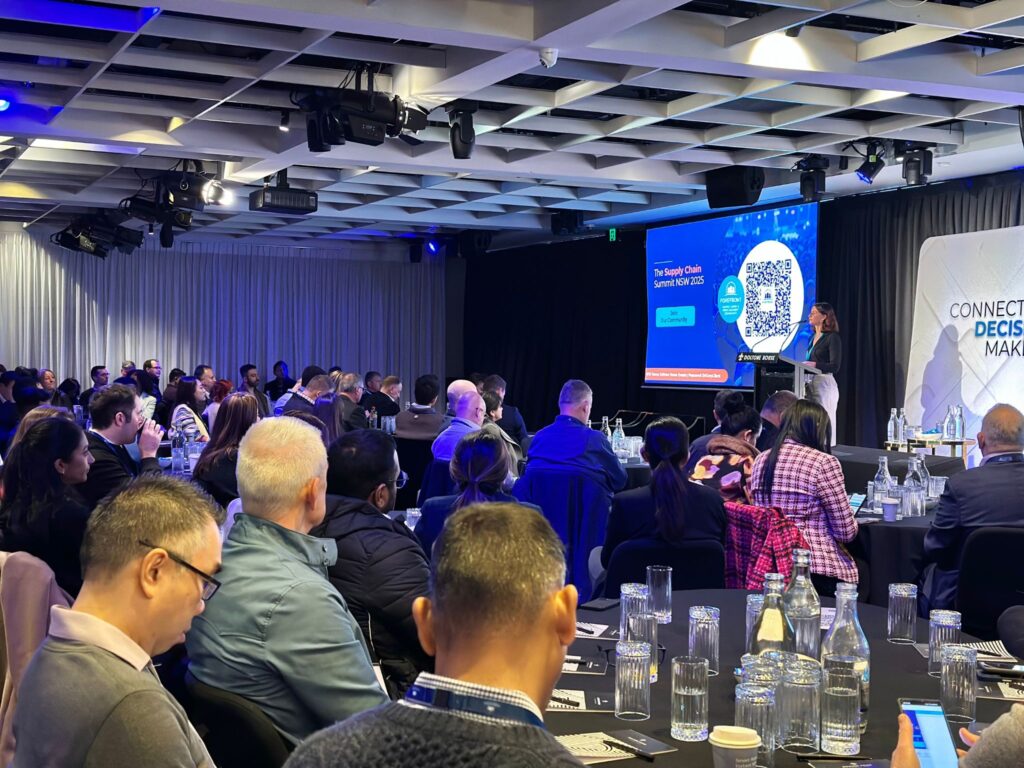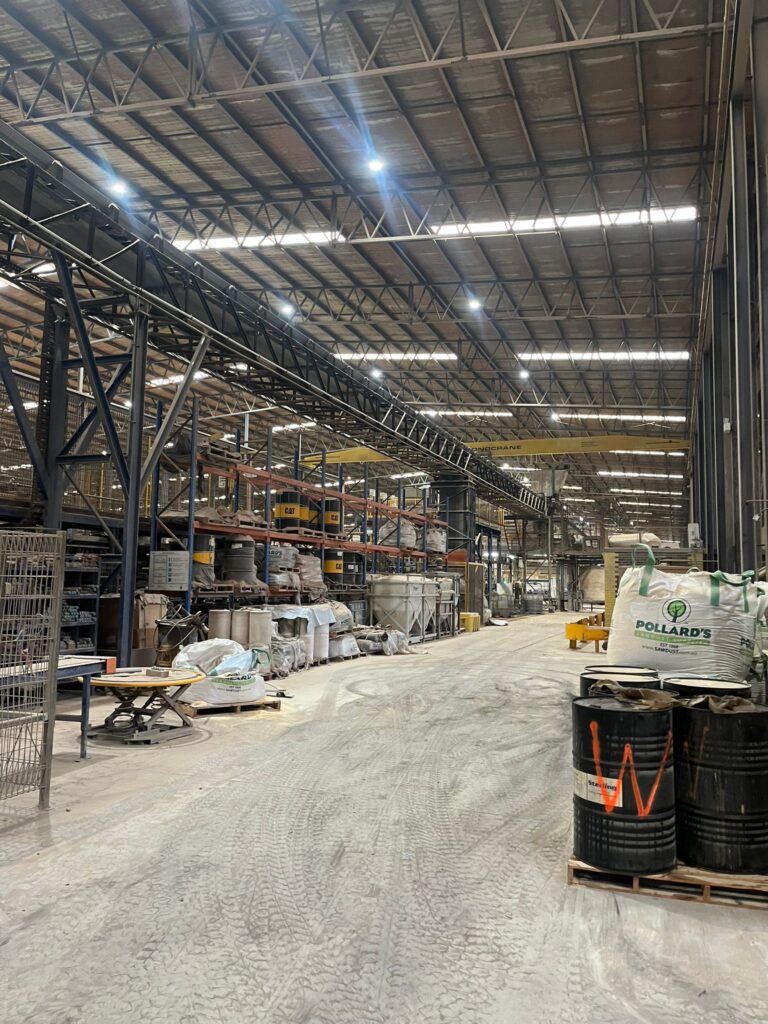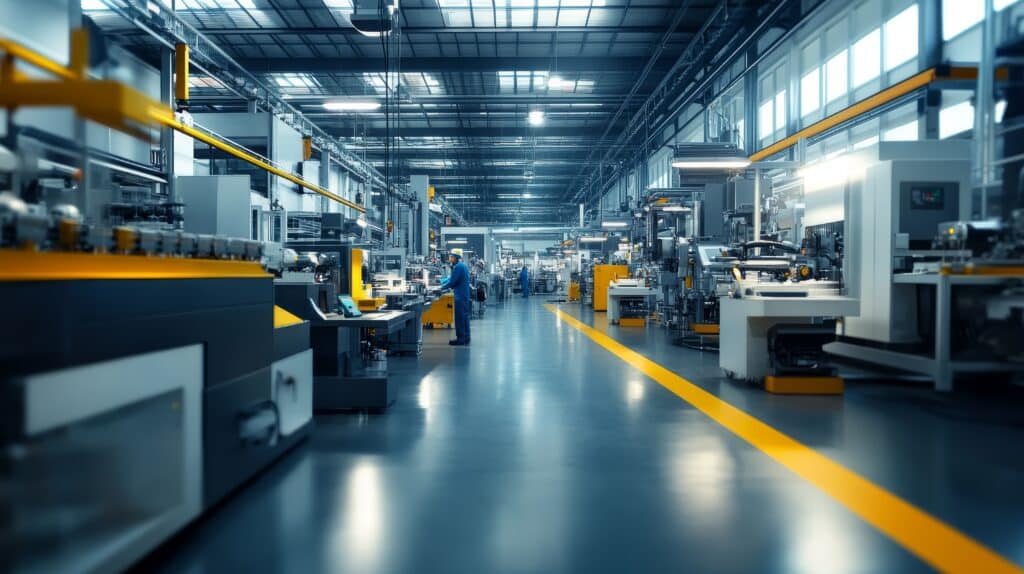Supply chains today face an unprecedented level of complexity. From volatile demand shifts to geopolitical tensions, companies are grappling with an array of challenges. In this storm of uncertainty, organisations are asking themselves some tough questions that highlight the need for smarter, more adaptive solutions:
- How can we forecast demand accurately to avoid overproduction and stockouts?
- How do we integrate data from multiple, often disconnected, systems?
- How can we automate manual processes to improve efficiency without sacrificing quality?
The answers lie in building an intelligent supply chain. However, creating such a system requires a strong foundation—one that blends cutting-edge technology, data integrity, and skilled teams. Without this foundation, only 15% of organisations feel that they are mature in agility and real-time decision-making, despite 57% ranking these capabilities as top priorities.
The challenges holding us back
For supply chains to become adaptive, several core challenges must be addressed:
- Data silos and fragmented visibility
Despite the widespread digital transformation efforts, 45% of supply chain disruptions are due to a lack of visibility, particularly when it comes to lower-tier suppliers. In today’s world, siloed data creates inefficiencies and risks that stymie resilience. - Talent shortages in AI and analytics
AI is increasingly driving supply chain automation, but there’s a significant skills gap—over 50% in areas like AI, data analytics, and process optimisation. Without the right talent, even the most advanced technologies will underperform. - Reliance on manual interventions
Currently, 40% of supply chain risk management activities still rely on manual processes. These “human-in-the-loop” tasks limit the ability to scale and slow down the decision-making process, ultimately hindering a data-driven, responsive supply chain.
Orchestrating your supply chain for maximum agility
An intelligent, data-driven supply chain isn’t a collection of isolated functions working independently. It’s a symphony where all pieces—procurement, production, logistics—work together in perfect harmony. By creating a system where data flows seamlessly between functions, supply chains can become highly responsive to shifts in demand, production, and supply disruptions.
For instance, imagine a global FMCG company that produces a popular line of snacks. In a traditional setup, procurement, manufacturing, and logistics often work in silos, with limited communication. However, by orchestrating these functions using a data-driven, connected system, the company can quickly respond to unexpected changes.
Suppose there’s a sudden spike in demand for a particular snack flavour due to a viral social media trend. The procurement team, using real-time data from suppliers, identifies potential delays in sourcing raw ingredients like spices and packaging. At the same time, the manufacturing team is alerted to the ingredient shortage and adjusts production schedules to focus on other flavours with available stock, avoiding delays and minimising idle time.
On the logistics side, the system automatically re-routes shipments to prioritise the delivery of finished products to stores that are seeing the highest demand. It also adjusts transportation schedules to ensure timely delivery and maintain stock levels at distribution centres.
This seamless flow of data between procurement, manufacturing, and logistics means no bottlenecks, no delays—just fluid responses driven by connected data and AI-powered insights.
This kind of orchestration enables FMCG companies to pivot quickly, adapt to sudden market shifts, and optimise resources across the supply chain, ensuring they meet consumer demand with agility and efficiency.
The five building blocks of intelligent supply chain planning
To build a resilient, data-driven supply chain, it’s essential to lay the right foundations. Here are the five key building blocks:
- People capability
Empowering your teams with the knowledge and confidence to leverage data and AI is vital. Upskilling should be continuous to ensure your workforce remains competitive and capable of driving innovation. - Data integrity & governance
Your data must be clean, consistent, and governed. Without reliable data, even the most sophisticated AI models will produce inaccurate insights. Establishing robust data governance processes is the bedrock of effective decision-making. - AI & agent infrastructure
Building a strong technical foundation that allows AI to function autonomously is critical. With the right infrastructure, AI can analyse vast datasets in real-time, providing timely, actionable insights without waiting for manual intervention. - Advanced analytics
The goal of analytics is to go beyond simply collecting data; it’s about extracting actionable insights. Advanced analytics allows companies to predict trends, optimise operations, and respond proactively to challenges. - Platform & integration framework
A unified platform that connects all supply chain systems is key to ensuring seamless data flow and scaling AI capabilities. This integration allows your entire supply chain to work as a cohesive unit, rather than in isolated silos.
A partner for accelerating your intelligent supply chain journey
At IRIS by Argon & Co, our team has a track record of helping companies navigate the complex journey to building intelligent supply chains. With expertise in data, AI, and supply chain operations, we help organisations identify their unique challenges, create strategies for foundational improvements, and implement intelligent solutions that deliver real, measurable results.
Success story: recently, the IRIS by Argon & Co team helped a global manufacturing client integrate predictive analytics into their supply chain. The result? A 25% reduction in stockouts and a 15% improvement in order fulfilment time—clear evidence that the right foundation can yield tangible improvements.
Building resilience: achieving smarter, more agile supply chains
Once the foundations are in place, an intelligent supply chain becomes more than a futuristic idea—it becomes a responsive, efficient, and resilient system. These next-generation supply chains can adapt to market fluctuations, respond instantly to demand changes, and predict disruptions before they occur.
Actionable outcome: by investing in foundational improvements today, organisations can establish a competitive advantage. When disruptions happen, an intelligent supply chain can quickly adapt, ensuring minimal impact on the business.
Practical steps to start building your resilient supply chain
Embarking on the journey to an intelligent supply chain may feel overwhelming, but it doesn’t need to be. By breaking it down into manageable steps, you can gradually lay the groundwork for long-term success. Here’s how to get started:
- Conduct a data integrity assessment
Identify areas where your data quality is lacking, and address any inconsistencies or gaps in data governance. - Upskill your teams
Begin with a training programme for your supply chain teams, equipping them with the skills needed to confidently use data and AI tools. - Map your data flows
Understand where data silos exist within your supply chain and look for opportunities to improve integration. - Evaluate your AI readiness
Assess your infrastructure to ensure it’s capable of supporting AI at scale, and plan for future needs.
Taking these steps will not only enhance resilience but also drive your supply chain towards a more intelligent, automated future.
Final thoughts: transforming your supply chain, one step at a time
Building an intelligent, resilient supply chain won’t happen overnight. It requires commitment, investment, and a deliberate, methodical approach. However, with the right foundations and the right support, you can set your supply chain on the path to becoming a more adaptive, efficient, and responsive system.
Author: Mohib Rahmani







